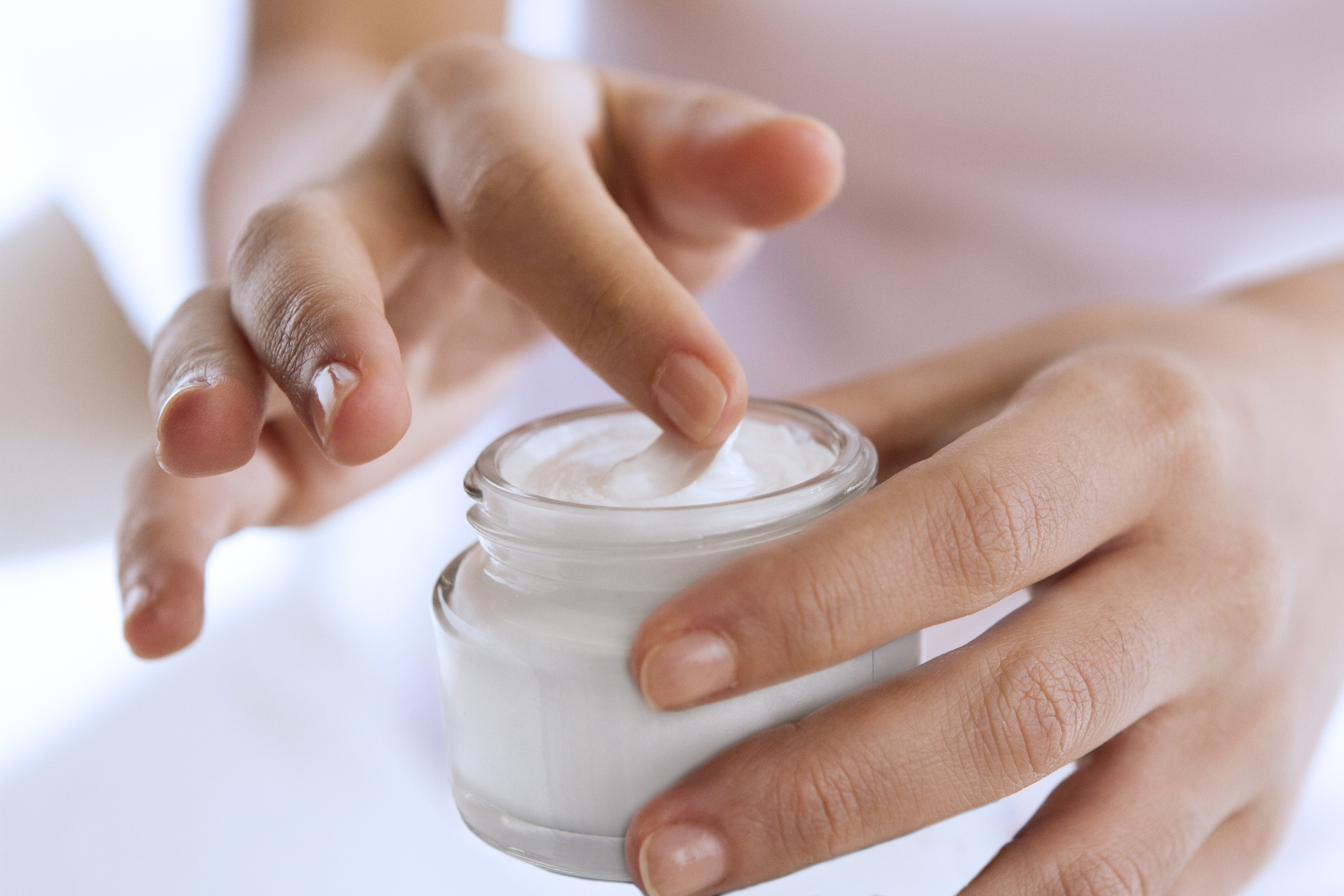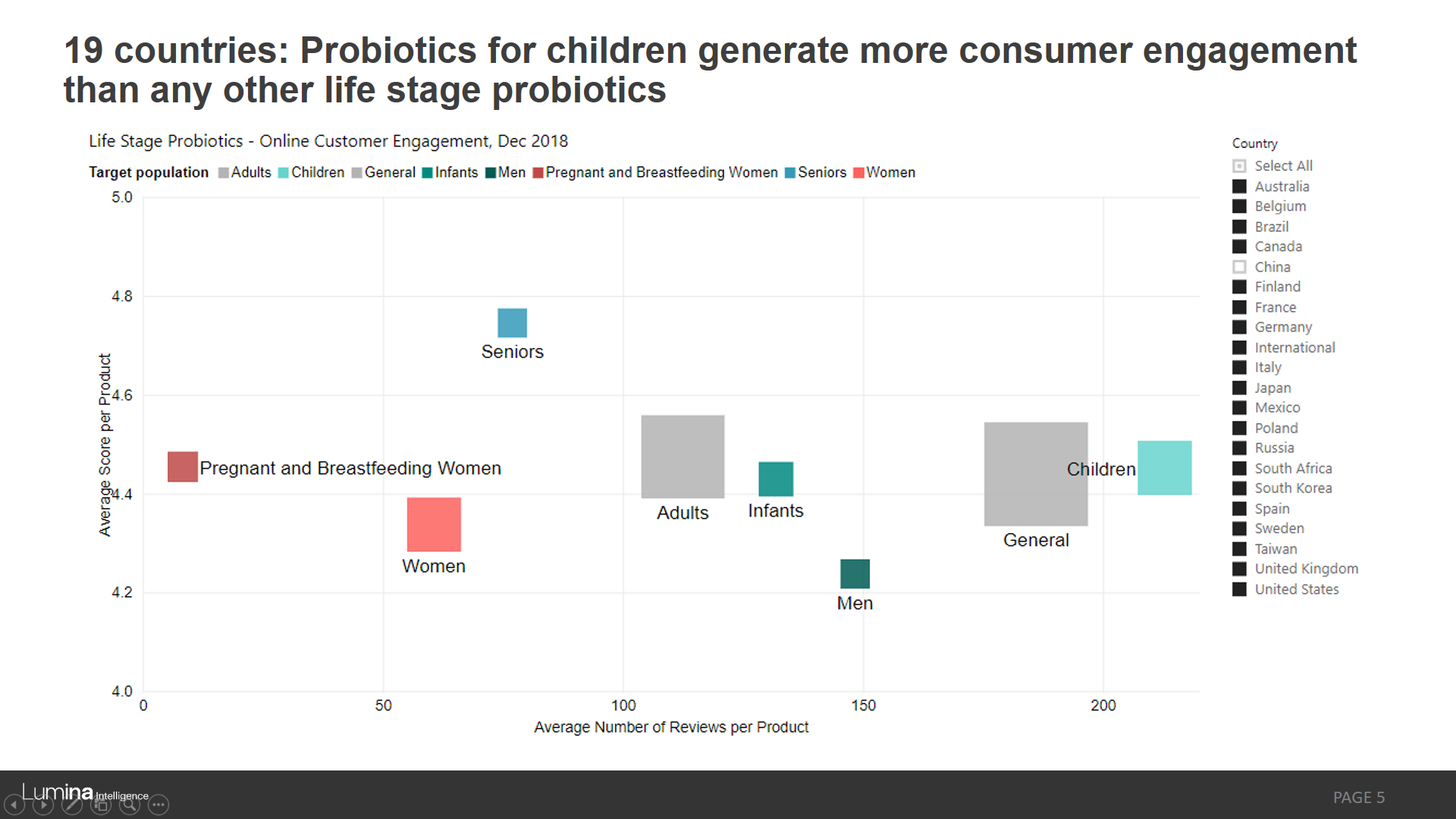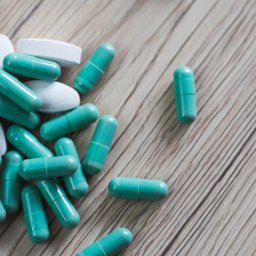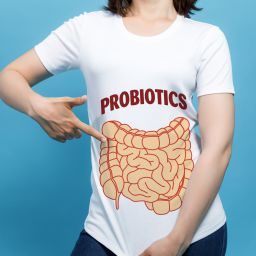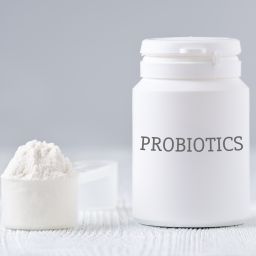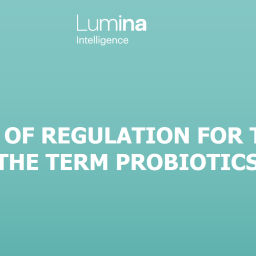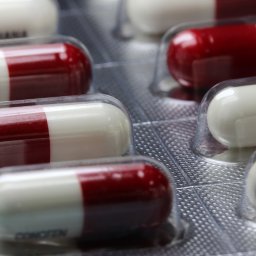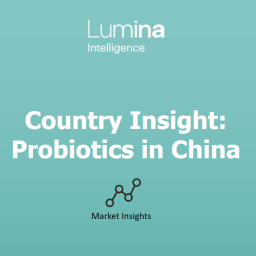
It’s a disconcerting realisation: The microbial cells that inhabit our body’s surfaces, nooks and crannies outnumber our own cells by a factor of at least three to one. We are talking around 40 trillion microbes here, with some estimates going up to 100 trillion. This microbial population, which is predominantly found in the nose, mouth, skin and in the urogenital and the gastrointestinal tracts, is commonly referred to as “the human microbiome.”
The scientific community recognises by now that a state of imbalance in the microbiome, also referred to as “dysbiosis,” can trigger chronic illness. This includes cardiovascular disease, metabolic disorders, obesity, allergies, autoimmune disorders and cancer. The insights gleaned, particularly from research carried out over the past decade, are driving a rising interest in therapeutic microbiome modulation. As a result, the pharmaceutical industry is already busy testing a new generation of drugs. In the dietary supplements and beauty and personal care sectors, products leveraging microbiome therapeutics are starting to colonise the shelves.
This article looks at the potential of the growing microbiome based therapeutics market and market trends.
What has the microbiome ever done for us?
Our bodies have developed a symbiotic relationship with their microscopic colonists. Some of these mutually beneficial interactions were discovered by scientists already decades ago. For example, commensal gut bacteria synthesise vitamins for us, such as riboflavin (vitamin B2) and they are capable of producing enzymes that digest glycans, a type of carbohydrate that occurs in milk. Infants’ immature digestive systems benefit greatly from the latter.
In recent years, research into the connection between the composition of the microbiome and disease has advanced. The European Union (EU) alone has thus invested over half a billion Euros in over two hundred projects in this field. In the US, the National Institutes of Health (NIH) runs the Integrative Human Microbiome Project (NIH iHMP). The roles of the microbiome in pregnancy & pre-term birth, as well as the onset of type 2 diabetes and inflammatory bowel disease (IBD), are among this project’s primary research areas.
In a nutshell, there are two key aspects to microbiome modulation: the administration of specific organisms (probiotics) and of specific dietary fibres (prebiotics), which serve as their food source.
Pharmaceutical drugs of the future to target the microbiome
Seres Therapeutics, a clinical biopharmaceutical company based in the US, is dedicated to developing therapies that are tailored to establishing a healthy microbiome. It is in the process of testing and further developing a range of its “Ecobiotic” drugs. These are described as “compositions of commensal microbes that are designed to catalyse the transition to a healthy ecology of the microbiome and treat serious human conditions, including inflammatory, metabolic and infectious diseases.”



Enterome is another US-based company focused on the development of innovative therapeutic approaches to support personalised medicine for microbiome related diseases.
This personalisation aspect is becoming increasingly important. It is recognised that the efficacy of standard pharmaceutical drugs can vary significantly between individuals. It is believed hat the microbiome may be largely responsible for this.
In December 2018, the journal EBioMedicine published a review of more than a hundred studies examining the interaction between commonly prescribed diabetes drugs and the microbiome. The researchers concluded that “the metabolic capacity of a patient’s microbiome could influence the absorption and function of drugs by making them pharmacologically active, inactive or even toxic,” and that “the differences in an individual’s microbiome help explain why drugs will show a 90 or 50 per cent optimum efficacy, but never 100 per cent.”
As a consequence, the researchers regard the modulation of the gut microbiome by drugs as a way to improve the effectiveness of current type 2 diabetes medications. It seems that drugs for chronic disease management can no longer afford to leave the human microbiome out of the equation, and this is likely to change the way that the pharmaceutical industry approaches drug development forever.
A new generation of probiotic supplements is born
In the dietary supplements space, we are seeing the term “microbiome” increasingly appear on packaging and on product information. For example, Life Space Women’s Microflora Probiotic dietary supplement, launched in Australia in December 2018 by Evolution Health, bears the claim “Supports the maintenance of a healthy vaginal microbiome.” Dr Jockers Hista Response, a probiotic supplement introduced into the US market in November 2018, states that its product “features clinically validated ingredients to support microbiome wellness and overall immune health.”
Biom Probiotics, by Biom Pharmaceuticals, based in Florida (US), is a brand of new generation of probiotics designed to promote microbiome restoration, diversity and balance. Biom Probiotics products, which also contain prebiotics, feature a proprietary MicrobiomeDiversifying Complex (MDC) containing 15 different “functionally relevant” strains of bacteria.
In addition to employing delivery systems that are meant to ensure that the strains make it through to the intestine alive, the products are also geared to enable effective colonization. The company points out, for example, that most probiotic supplements that are on the market today still consist of species that were isolated several decades ago, cultivated in-vitro (in petri dishes), and had since lost their evolutionary benefits of co-habiting with the fast-changing human microbiota. The company’s own “humanised probiotics,” by contrast, were produced with the help of technology that mimics in-vivo human gut conditions.
Besides a range of dietary supplements that come in capsules intended to be swallowed, Biom Probiotics also offers suppositories: Biom Vaginal Probiotic Suppository (“vaginal microbiome balancing optimal pH formula”) and Biom High Potency 500mg L-Glutathione + Probiotic Suppository (“fortifies cognitive ability, metabolic capacity, central nervous system, oxygenation, detoxification and immune functions”). Plus, there are also Biom Turmeric Bars with prebiotics.
Do athletes have “special” microbiomes?
Combating chronic disease is, without a doubt, the largest remit for microbiome modulation, but its application isn’t limited to that. Two other areas with enormous potential are sports nutrition and beauty and personal care.
The relationship between athletes’ diets, environmental influences and physical activity levels on their microbiomes is all but fully explored this point, but we are seeing definite advances in this field of research.
A systematic review entitled Endurance exercise and gut microbiota, published in the Journal of Sport and Health Science in 2017, drew the following conclusion: Gut microbiota, which was capable of fermenting complex dietary polysaccharides, may be able to improve performance, endurance and delay fatigue symptoms during strenuous exercise.
Furthermore, there is an ongoing investigation into the way that the microbiomes of elite athletes differ from those of non-athletes. Some research has shown, for example, that elite rugby players have increased numbers of a type of organism called Akkermansia. This organisms is associated with leanness. Another study involving endurance cyclists found high levels of Prevotella in their gut flora.
FitBiomics Inc is a biotechnology company based in North America. It is dedicated to investigating what makes elite athletes unique. Their particular focus is sequencing the microbiome of top sports people. This is followed by isolating novel probiotic bacteria for applications in sports performance and recovery.
It is only a matter of time until we see the mass commercialization of specialist sports nutrition pro- and prebiotics targeted at modifying athletes’ microbiomes. These products will be designed to optimise various factors such as performance, recovery times, endurance, strength and the rate of muscle synthesis.
Probiotics for skin health
The beauty industry is also tapping into the growing microbiome based therapeutics market. Skincare brands are particularly keen adopters of probiotic skin care formulations. After all, healthy skin is beautiful skin. Probiotic skin care products are no longer an exotic sight, though many of these offerings are firmly premium positioned. South African brand Esse Probiotic Skin Care is an example. It offers a comprehensive range of products, which features cleansers, toners, moisturisers, masks, exfoliators and much more. These contain both live probiotics and prebiotics to “make functional changes to the skin’s microbiome.” Gallinée, an upmarket French brand, employs “inactivated” probiotics (dead Lactobacilli), prebiotics and also postbiotics, which are probiotics’ “waste products.” The latter includes lactic acid “responsible for creating the perfect environment for your skin microbiome.”
In the foreseeable future, we expect probiotic skincare to penetrate further into the mainstream. The growing skin microbiome market will push beyond addressing skin conditions like acne and eczema. Increasingly, these products will offer everyday protection from environmental factors threatening to compromise the protective integrity of the skin microbiome.
Conclusion
Overall, the future is bright for the microbiome therapeutics market. However, there is still much research to be done, as well as targeted product development. The convoluted relationships between the environment, nutrients, microbes, their metabolites and the cells of the human body remain somewhat hazy. What is certain, however, is that the complex interactions between the microbiome and the body exert a significant influence over health and disease, physical performance and appearance, and that these relationships can be manipulated therapeutically.
Lumina Intelligence: Microbiome Market Trends
Lumina Intelligence is an insights service for the probiotics market. Through linking insights to science and regulation, Lumina gives businesses the whole picture of the market at every stage of the supply chain. Our probiotics data includes probiotic supplements, juice, cosmetics and kombucha – capturing 900 brands and over 1600 brand variants from 20 countries.
Here are overviews for a few reports linking to the microbiome market:
The microbiome through the life stages: Life stage probiotics in the digital world
Lumina Intelligence was delighted to share its latest insights in the session dedicated to the microbiome through the life stages at Probiota Copenhagen 2019. In her presentation entitled ‘Life stage probiotics in the digital world: Market insights’, Ewa Hudson, Head of Market Insights at William Reed, discussed how the science-based innovation in the probiotic world is addressing growing health concerns through product diversification by life stages.
Skinbiotics: Probiotics for skin health, allergies, eczema and other skin conditions
This report summarises key market developments in the online retailing of two key skinbiotic areas:
- Probiotic supplements designed to improve skin health, in particular reduce eczema, skin allergies and intolerances, which we also refer to as ingestible skinbiotics,
- Probiotic cosmetics – topical applications, most frequently associated with skin hydration, anti-ageing, acne, spots and redness (rosacea).
The analysis is based on 150 product variants sold under 93 distinct brands captured by Lumina Intelligence across 20 countries.
View all our reports
See the range of reports we offer for the probiotics market including market overviews, deeper examinations of niche markets, country insights and more.






